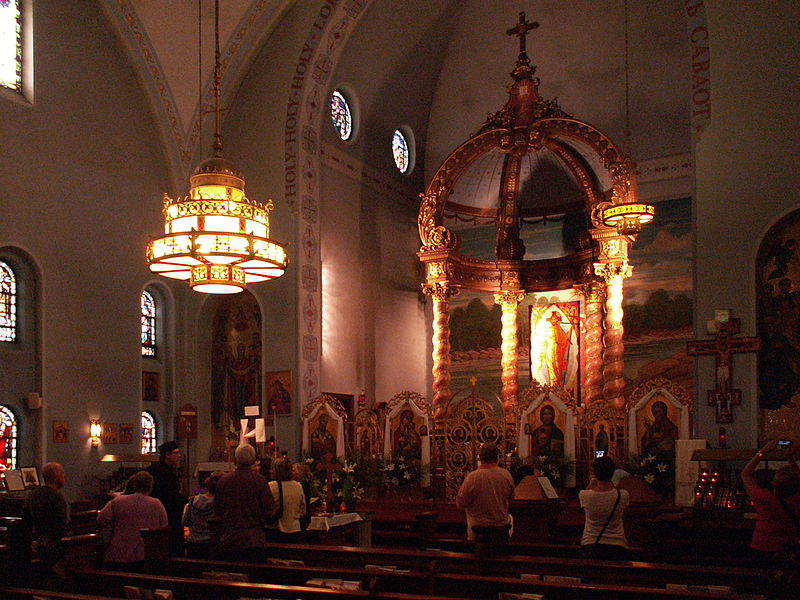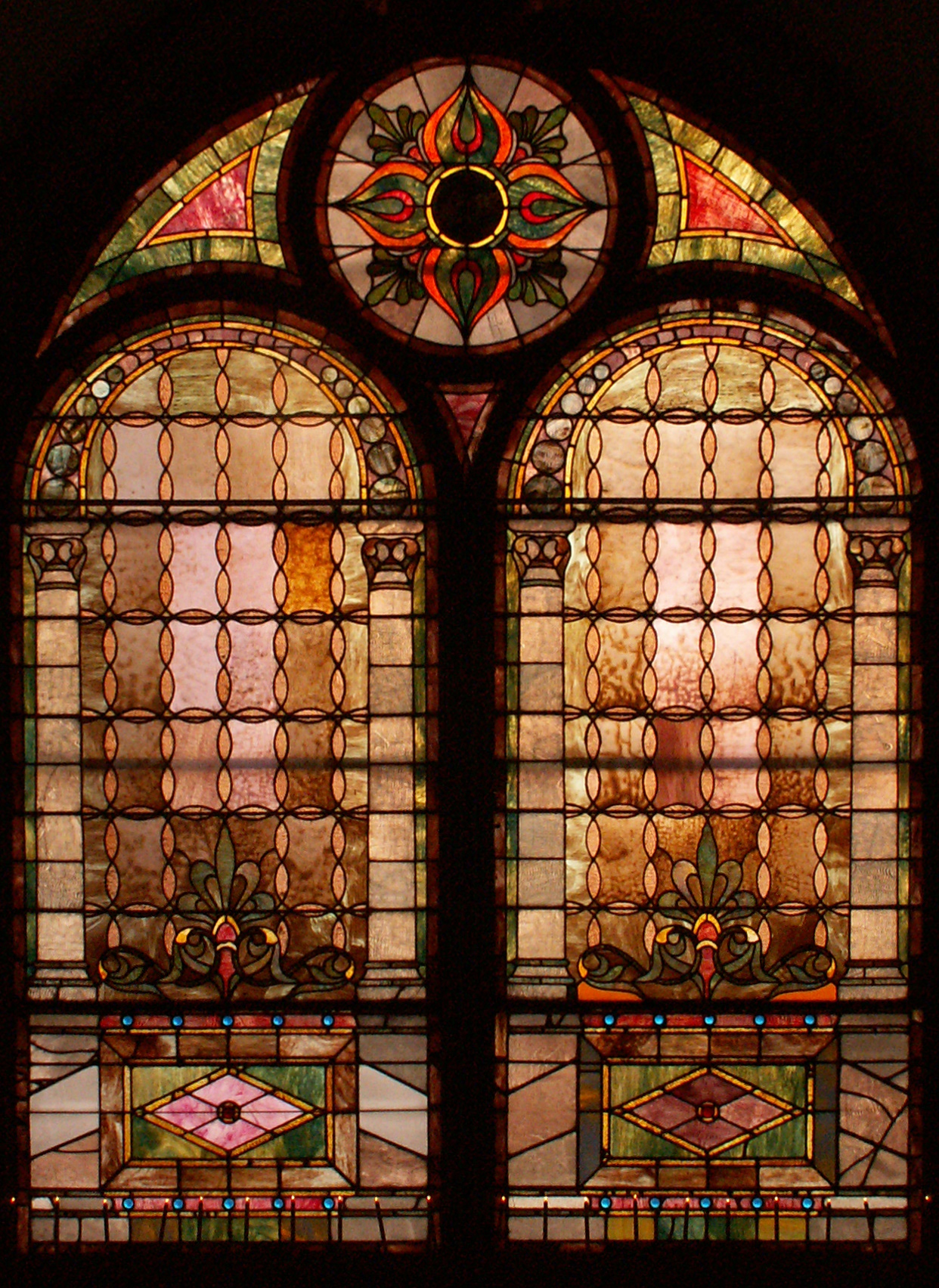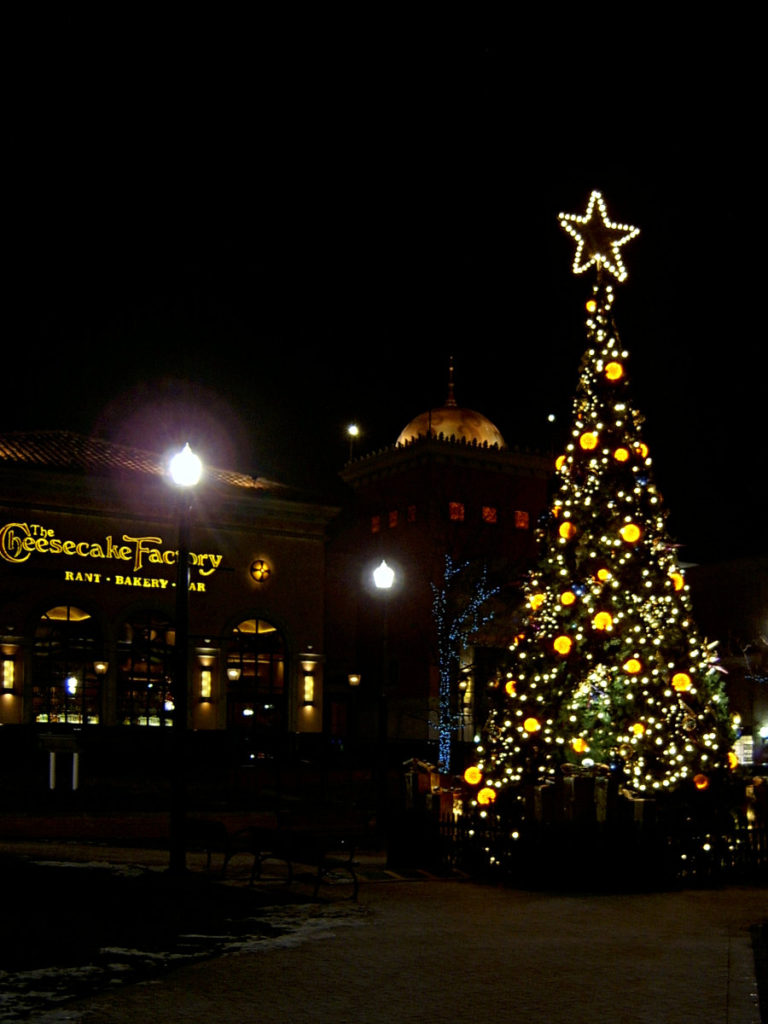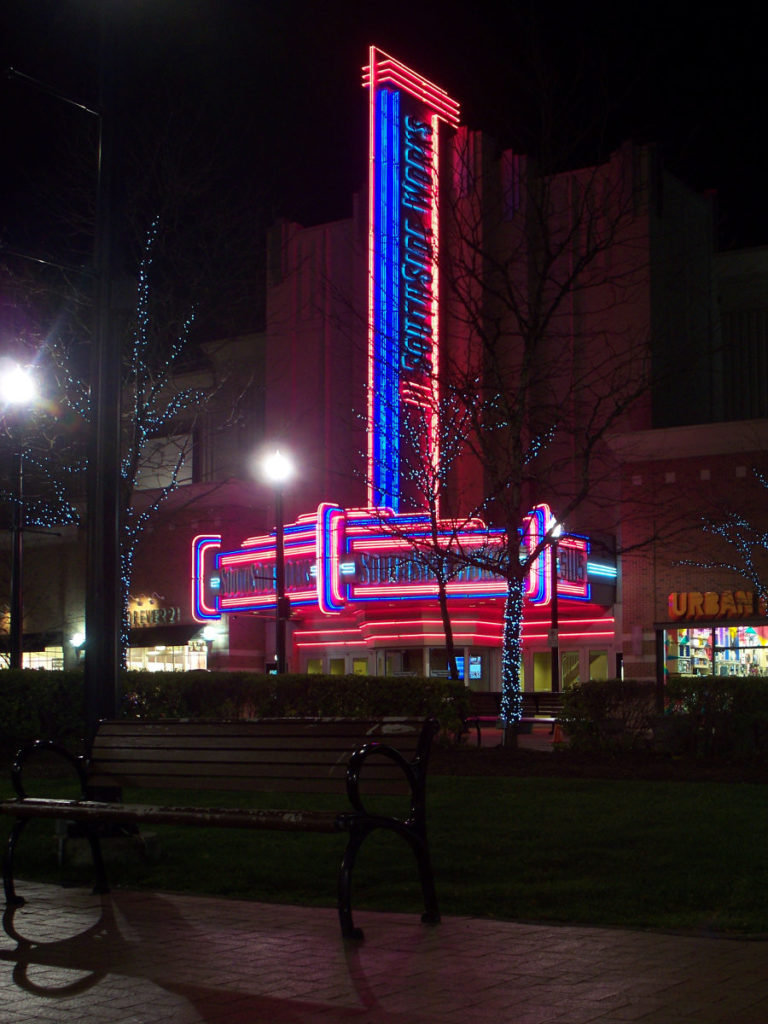
To Father Pitt’s eyes, the remarkable thing about the interior of this church is how Presbyterian it looks. Later Presbyterian churches in Pittsburgh are Gothic cathedrals, or miniature versions for smaller congregations, since the Presbyterians were overwhelmingly the moneyed class in the late 1800s; but this church was built in 1869, and retains the flat-ceilinged simplicity of traditional Presbyterianism. As in several of our churches in crowded city neighborhoods, the sanctuary is on the second floor, reached by either of a pair of flights of stairs in the front (one with an elevator chair for those who need it); the ground floor is the social hall and other rooms. The front was part of an expansion in 1893, built to a grander and wealthier taste.



















